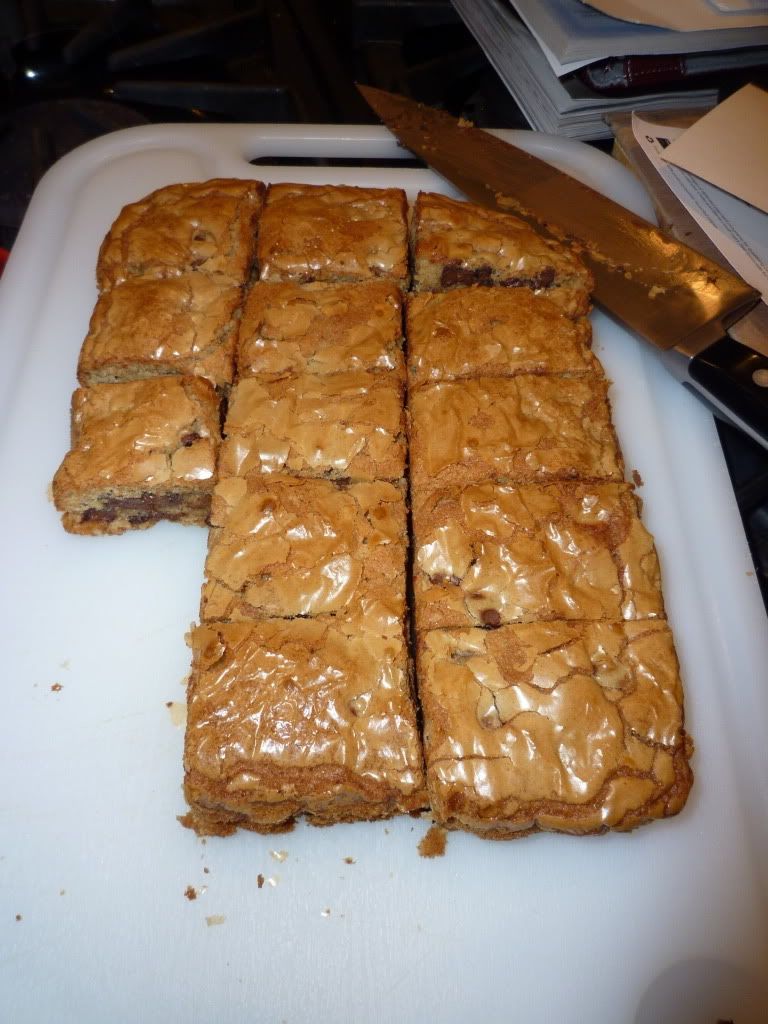I read an article a few mornings ago in the
New York Times. The article was by Thomas Friedman on the crisis state of education in the United States. I found myself agreeing easily with the first half of the article. He contends that to close the achievement gap, students must learn "he ability to do critical thinking and problem-solving; the ability to communicate effectively; and the ability to collaborate" (
article). After this point, however, I found myself extremely bothered by the rest of his perspective, specifically two major pieces:
First, Thomas Friedman's proposed solution, that he claims has worked in some European countries is selecting only teachers from the top third of their graduating class. Intuitively this sounds good: smart teachers inspire smart students. Yet, if you think about this for a second, this rings false. Teaching SAT prep, I have realized that being smart and having the right answers is extremely important, but wins little ground in ensuring that students want to be there and that they sit down and absorb the information. What a teacher needs is enthusiasm for the subject, energy, charisma, patience, empathy, and serious critical thinking skills in order to ensure that (s)he can constantly engage the students' interest. None of these things can be measured in college grades.
Two anecdotes illustrate this point. One of my favorite teachers in high school was an English teacher that I had. He started off as a library assistant at the school, who sometimes substituted for different classes, and he was so well liked, the administration gave him a teaching position. He was well-read, eloquent, spoke at least three foreign languages, and was clearly intelligent. From a stray comment here or there, I had the feeling that he may not have graduated in the top third of his college class-- or maybe just barely. After college, he apprenticed as a stone mason in Italy and worked as one in the US for a while before deciding he wanted to teach. What made him beloved was his passion for literature and language and the fact that his experience was not limited to the books that he taught. He endeavored, above all to make students as enamored with the subject as he was. My second example is of a physics professor from my alma mater. Some years ago, he had been a student at my alma mater and was reputedly one of the most intelligent physics students we had with a GPA near if not at the top of his graduating class. Although students generally liked him because he was a nice, intelligent guy, a constant criticism that I heard from my physics-major friends was that "he doesn't understand that just because it was easy for him when he went here that it does not mean it's easy for us." Since he extremely intelligent but without proper empathy, he undertaught the material, assigned too much homework, and made his students feel inadequate. Even Cerinthus, who ended up with a very high score in this professor's class, constantly complained that the professor just did not understand how much work he was assigning and how he simply did not realize that his students could not absorb information as quickly as he did.
My point with these two anecdotes is obviously not to entirely disprove Friedman's solution, it is simply to demonstrate that there are problems with the idea that teaching well and having students enjoy their education can not be solved with numbers and figures (like only selecting teachers from the top 33% of the class). There must be other ways of enticing good teachers, such as paying off the student loans of those who become teachers or helping pay for PhD programs. I'm not sure. I just cannot believe that selecting teachers by statistics, rather than those characteristics I mentioned earlier, will not lead to a better school system.
Second, I was shocked to find that Friedman does not speak at all about the crisis of the humanities so frequently discussed by academics in the paper over the past few months. Although the sciences can certainly help students with critical thinking, and in some cased with collaboration, effective communication skills come from humanities (as well as humanities also furnishing critical thinking and often collaborative skills). If teachers have not been educated in the humanities themselves, they cannot effectively impart these skills to their students. An
article I read back in September lends credence to this point. The article uses the example of a Massachusetts school which integrated humanities-style writing into every class in the entire curriculum, including math and science. The result was "In 2001 testing, more students passed the state tests after failing the year before than at any other school in Massachusetts. The gains continued. This year and last, Brockton outperformed 90 percent of Massachusetts high schools" (
article). I could not believe that Friedman would neglect such an important issue.








